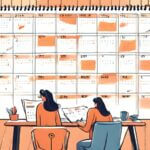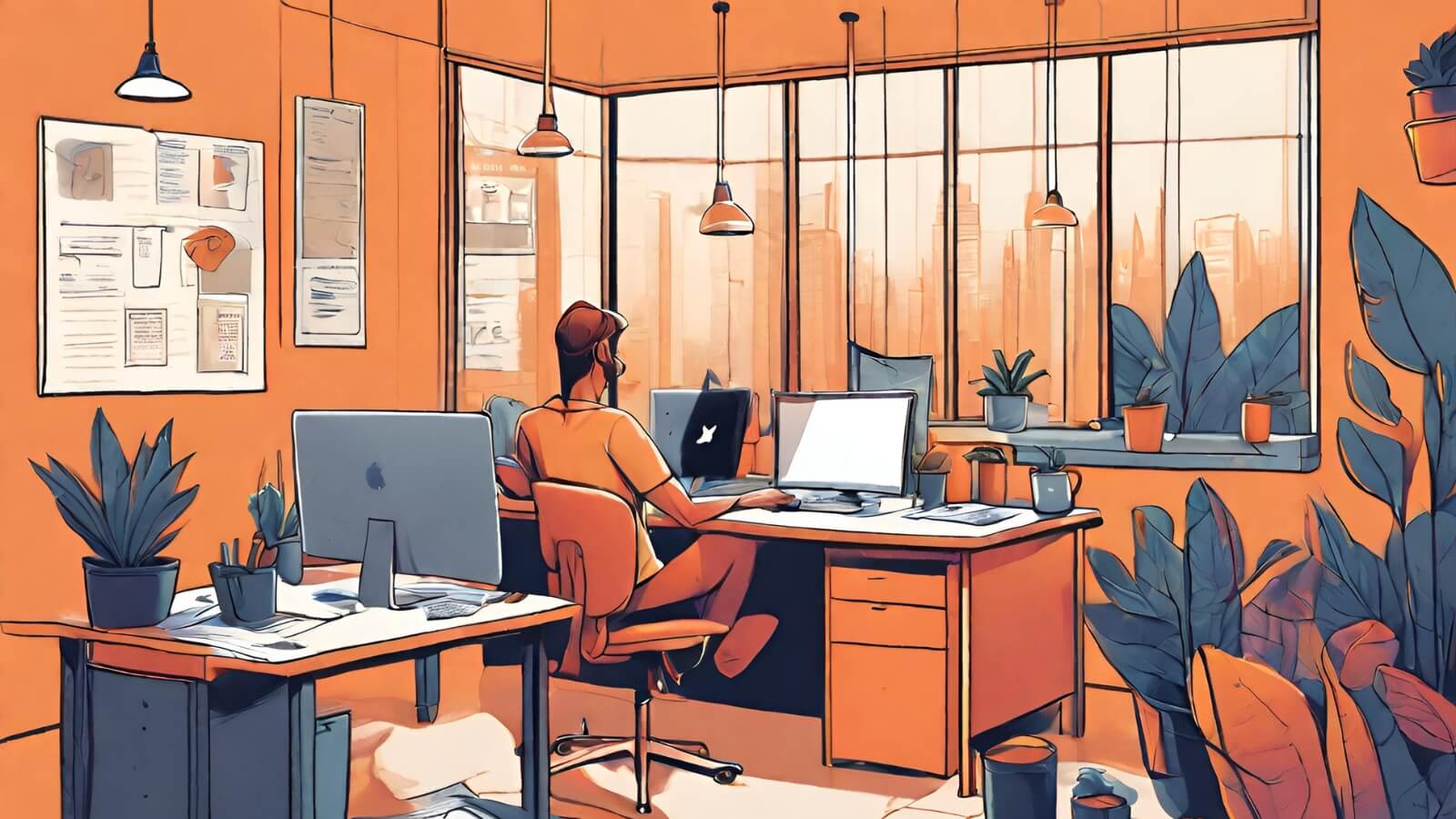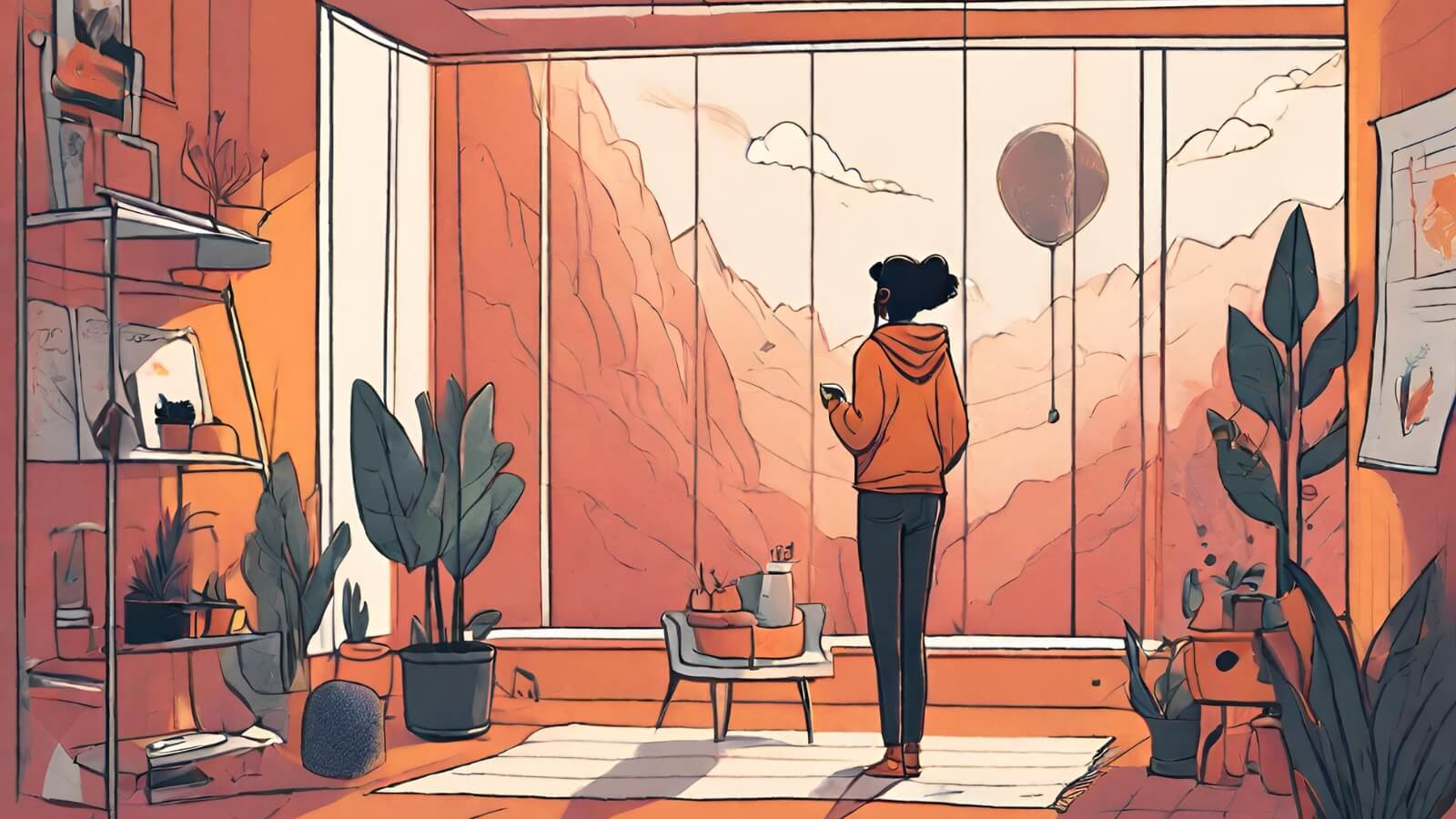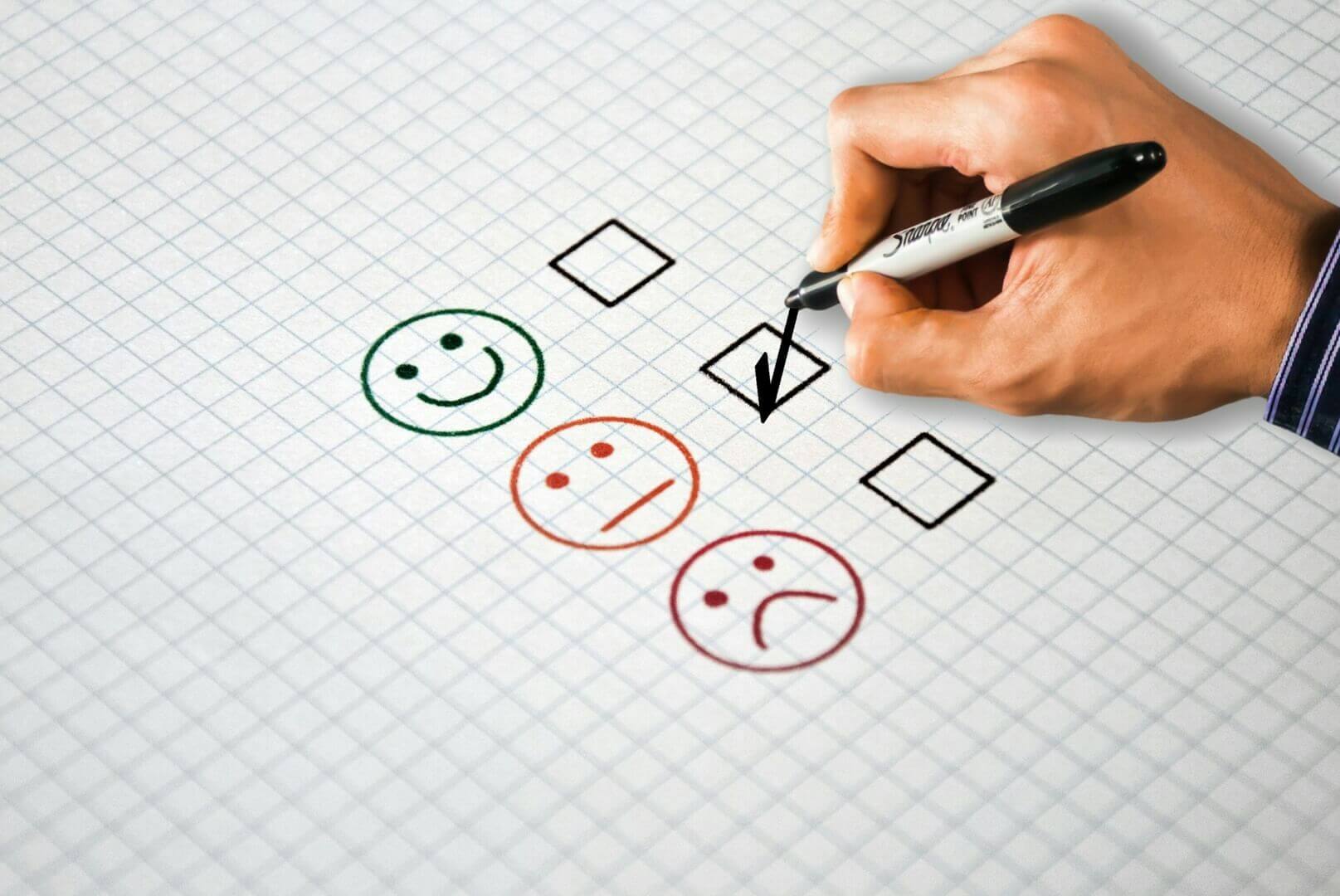Having a corner seat in the office has been one of the most cherished achievements in an employee’s life, a desk, which has a good view and can comfortably seat the incumbent for eight to ten hours daily. Did you know that having a permanent seat in the office might be doing more harm to your health than what you have envisaged? The peril of being fixated to the office seat came into limelight after James Levine, a Scientist at the Mayo Clinic in Minnesota, reported in 2006 that sitting down for too long isn’t just bad for you, it can also kill you.
Research says that extended sitting is not good
Dr. Hidde Van Der Ploeg, a senior research fellow at the University of Sydney’s School of Public Health in Australia, and his colleagues found that sitting for 11 or more hours per day increased the risk of death by 40 percent, regardless of other activity levels. Dr. Ploeg is not alone in his findings; the broader community is on the same page. A recent review of 43 studies analyzing daily activity and cancer rates found that people who reported sitting for more hours of the day had a 24% greater risk of developing colon cancer, a 32% higher risk of endometrial cancer and a 21% higher risk of lung cancer irrespective of how much they exercised.
Why is continuous sitting so harmful?
New research has been able to pinpoint as to why sitting for long is harmful; researchers opine that sitting for long impairs the body’s ability to deposit fat from the bloodstream into the body, leading to consistently elevated levels of blood fat that can lead to cardiovascular problems. In addition to this, the body’s useful fat molecules, commonly known as HDL, are less efficient in their work.
If you believe that hitting the gym would undo the damage, you are in for a surprise. Incidentally, research points out those extra-curricular trips to the gym, before work or after office hours do not undo the adverse effects of a day spent sitting on the desk. So what do you do? Is standing at work the magic pill?
Dr. James Levine, director of the Mayo Clinic/Arizona State University Obesity Solutions Initiative, says, “I think it’s correct to say we’re in the middle of a stand-up movement, but the emphasis needs to be on movement, I don’t want people to think that they should stand up like still soldiers. That is not a good idea.”
Where are we in India on this?
Most of the employers are not conscious of the perils of sitting for a long time on desks, though some Startups are leading the pack, many have changed the office just because the new generation of employees want an office with terrace where they can go and work from if they want to. Being seated in the open sky makes them take a stroll more frequently. Contrary to expectations, there is no loss of productivity; in fact, staff make fewer errors and become more creative than before. Startups are experimenting with minimal desks for staff and lots of flexible seating and working options; this trend is catching up with traditional players too.
At a leading fashion retailer, they have no fixed seats for the employees; they can choose to work from where they want to. They can either work on the cafeteria table or from the couch or working tables. They don’t want employees to be glued to desks, and are promoting a culture wherein team members have to walk to the other person and discuss the issue face to face, instead of sending emails or text messages. This works very well as most of the time, team members walk down to discuss the issues with their colleagues and being in India, the moment you go to someone’s desk, they stand up.
InMobi, the famous billion-dollar unicorn from India, has one of the best wellness at work programs In India christened as Live-Laugh-Leap. Their HR team, spoke about their Desktop Yoga Initiative, “to bring in the enthusiasm for Yoga, we began the day by doing desktop yoga. InMobi was converted into a Zen Zone, with every InMobian stretching and breathing according to the instructions on their desks. Continuing the trend, regular Yoga classes have kicked off thrice a week in the office premises for people to come and make it a regular practice. With motivating videos, catchy e-mailers, colourful posters and interactive events, it was all about catching the eye and nudging InMobians to be a better version of themselves. It’s not an initiative that is run by HR at InMobi, and it is an initiative run by InMobians themselves, for themselves.”
What can you do?
Script a keep-moving plan that weaves seamlessly with your daily work routine. Many small activities can keep you moving without impacting productivity at work. Learning desk yoga is another good option; it will give you a bouquet of exercise, which does not need elaborate space for exercising. Using simple and less than 5 minutes of individual activities, you can stretch and keep your body from stagnating in one place.
Set a reminder on your phone or laptop that buzzes every thirty minutes. Frequently taken small breaks tend to improve the level of comfort, work performance, and significantly reduce the chances of musculoskeletal injuries. So weaving in a pattern of movement in your day to day work life is the key to a healthier life, e.g., walk to a printer, water fountain, stand for a meeting, take the stairs, walk around the floor, park a bit further away from the building each day. Taking these short-walking breaks helps in increasing the blood circulation and can counteract some of the problems triggered by sitting on the desk.
In western countries, standing desks have come into fashion, where you stand and work. Notable companies like Hubspot, the global leader in Cloud-based CRM software, and Pharma major, Glaxo, have experimented with standing desks in their office. The trend is yet to catch up in India, and most of the employers we interacted with do not plan to introduce it soon. You could buy an elevated stand and covert your table into a standing desk; that’s a temporary arrangement and would not burn a big hole in your pocket. Building on this opportunity, Luke Leafgren, who completed his Ph.D. from Harvard University, raised over US $ 100k in a crowdfunding campaign to build a portable standing desk. It is called StandStand, and you can use it anywhere you work to transform a table or desk into a standing desk.











It is great to hear that many companies are making the shift toward standing desks and more options for standing during the work day. Thank you for sharing this information!
Great article and well explained. Really I appreciate it.